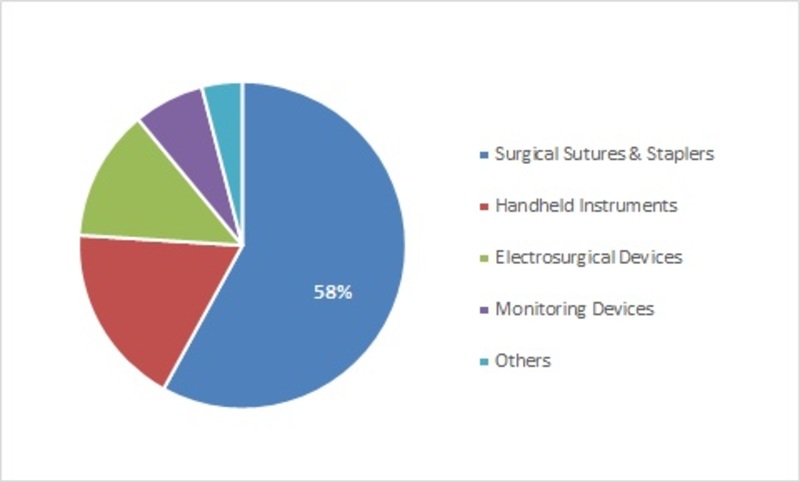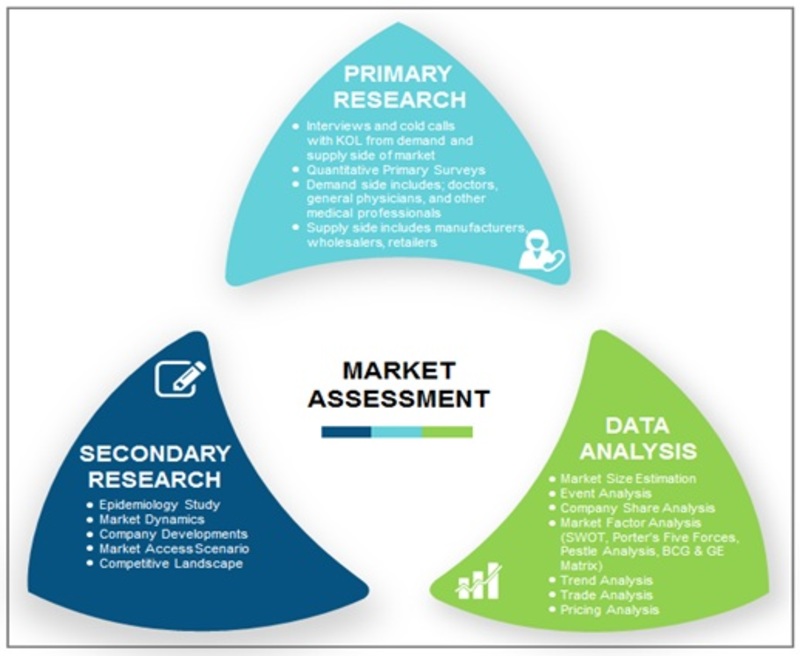Certified Global Research Member


Key Questions Answered
- Global Market Outlook
- In-depth analysis of global and regional trends
- Analyze and identify the major players in the market, their market share, key developments, etc.
- To understand the capability of the major players based on products offered, financials, and strategies.
- Identify disrupting products, companies, and trends.
- To identify opportunities in the market.
- Analyze the key challenges in the market.
- Analyze the regional penetration of players, products, and services in the market.
- Comparison of major players’ financial performance.
- Evaluate strategies adopted by major players.
- Recommendations
Why Choose Market Research Future?
- Vigorous research methodologies for specific market.
- Knowledge partners across the globe
- Large network of partner consultants.
- Ever-increasing/ Escalating data base with quarterly monitoring of various markets
- Trusted by fortune 500 companies/startups/ universities/organizations
- Large database of 5000+ markets reports.
- Effective and prompt pre- and post-sales support.
The Asia Pacific Surgical Equipment Market is a vital component of the healthcare industry, encompassing a wide range of devices and tools used in various surgical procedures. Understanding the market dynamics is crucial for manufacturers and healthcare providers to navigate the diverse and rapidly evolving healthcare landscape in the Asia Pacific region.
A growing population coupled with the increasing awareness of healthcare leads to the expansion of the demand in the Asia Pacific region towards the surgical procedures. The market dynamic is greatly shaping the dynamics of healthcare infrastructure and an increase in the availability of medical centers emerge as the conditions.
New technologies innovate surgical devices due to the continuous development. It is further associated with the emergence of more refined, effective, and minimally invasive surgical tools allowing surgeons to improve the overall capacities and outcomes of surgical procedures.
As in Asia Pacific region, the number of patients suffering from chronic diseases such as cardiovascular and cancer increases, this affects dynamics in a market. Equipment used during surgeries to treat and manage some of these conditions is in high demand, thereby, enhancing the market growth.
The dynamics of the market are determined by government investments in medical infrastructure and interventions aimed at strengthening medical services. Policies that are geared towards developing and strengthening the capacity of surgeries, cutting waiting time and improving the convenience of surgical procedures all have a hand in the growth of the surgical equipment market.
The market dynamics in certain countries is affected by economic growth of Asia Pacific countries resulting to increased healthcare budgets. However, cost is one of the major factors that cannot be overlooked at this point and hence the manufacturers have to be struck between advanced technologies and cost-effective solutions which would serve various types of health care facilities.
The popular factor which influence the market dynamics of surgical equipment are the trend of minimally invasive surgeries. Tools developed for procedures that take place through laparoscopic, robotic-assisted, or endoscopic means have become increasingly popular in connection to the trend away from more invasive surgeries.
Local culture and demographic distinctions around the Asia Pacific region influence market dynamics. The adoption of certain surgical techniques and the need for certain types of surgical equipment are influenced by society’s preferences, healthcare practices and population demographics.
It is one of the market editorial forces that significantly influence the market’ dynamics in terms of stringent regulatory standards, compliance with health authorities like the china food and drug administration (CFDA) and other regional bodies. The manufacturers must observe to regulations so as to have their products approved and enter the market.
The fierce market competition among the manufacturers is one of the roles of globalization. Companies provide product innovation, quality, pricing strategies which are allow influencing market dynamics if they attempt gaining larger percentage of market share in Asia Pacific surgical equipments.
Market dynamics depends on the need for qualified healthcare professionals well versed in modern surgical tools. The benefits of increased acceptance rates alongside better utilization of computed surgical tools-training programs and skill development initiatives increase the adoption rates.
The target market is segregated according to the different categories of surgical equipment such as the surgical lasers, electrosurgical devices, diagnostic equipment amongst others. The comprehension of these areas is vital to the manufacturers to develop products for different surgical specialties and special needs.
The adoption of telemedicine and digital technologies influences market dynamics. Connectivity and integration of surgical equipment with digital platforms contribute to improved communication, remote consultations, and data management in the Asia Pacific surgical landscape.
Asia Pacific Surgical Equipment Market Highlights:
Asia Pacific Surgical Equipment Market Scenario
The Asia Pacific Surgical Equipment Market is expected to reach USD 13.4 Billion by 2032 at CAGR 4.5% during the forecast period 2023-2032. Surgical equipment plays a vital role during the surgeries. It is one of the important aspects in the medical as well as medical technology. With the developing surgical procedure, the trade of the instrument is developing. The instrument must have good quality and elaborative ornament to be prefer widely. Surgical equipment are widely used in neurosurgery, wound closure, urology, cardiovascular surgeries, orthopedic surgery, and others. Increasing prevalence of chronic diseases, increasing number of hospitals, increasing geriatric population, and increasing healthcare expenditure boost the market growth. According to the World Health Organization (WHO), 60% of the world’s total diabetic population is living in Asia Pacific region. Additionally, diabetes is one of the major cause for cardiovascular diseases, which in turn, result into increased cardiac surgeries. Moreover, development in technology and increased government initiatives have a fuelled the growth of the market, from the last few years. On the other hand, high cost of the devices, and shortage of skilled labor may slow the growth of the market.
The Asia Pacific surgical equipment market is expected to grow at a CAGR of ~7.8% over forecasted period 2017-2023.
Figure: Asia Pacific surgical equipment by product type, 2016 (%) 
Sources: WHO, annual reports, press release, white paper, company presentation
Segmentation Asia Pacific surgical equipment market is into product type, application, and end users.
On the basis of product type the market is segmented into surgical sutures & staplers, handheld instruments, electrosurgical devices, electrosurgical generators, monitoring devices, and others. Surgical sutures & staplers are further segmented into absorbable and non-absorbable sutures. The handheld instruments are sub-segmented into forceps, sutures, visual scope, and others. The electrosurgical devices are further categorized into electrosurgical instruments (HET bipolar system, electrosurgical pencils, smoke evacuation system, and other), and electrosurgical generators.
On the basis of application, the market is segmented into neurosurgery, wound closure, urology, cardiovascular surgeries, orthopedic surgery, and others.
On the basis of end user, the market is segmented into government hospitals, private hospital, and other.
Research Methodology 
Sources: WHO, annual reports, press release, white paper, and company presentation
Regional Analysis Asia Pacific surgical equipment market is segmented into Japan, China, India, Republic of Korea, Australia, and Rest of Asia Pacific. Increasing number of hospitals, rising geriatric population, and increasing healthcare expenditure drives the growth of Asia Pacific surgical equipment market. Moreover, increasing prevalence of chronic diseases, government initiatives, and increasing patient inflow have fuel the market growth. China holds the major share in the Asia Pacific surgical equipment market owing to huge geriatric population and rapidly developing economy. Moreover, India and Australia contributes considerable share to the market.
Key Players Some of the key players in this market: Integra LifeSciences Corporation (US), Boston Scientific Corporation (US), Smith & Nephew (UK), B. Braun Melsungen AG (Germany), Ethicon US, LLC. (US), Stryker Corporation (US), COVIDIEN (US), CONMED Corporation (US), MEDICON (US), Synergetics USA, Inc. (US), Erbe Elektromedizin GmbH (Germany), KARL STORZ & Co. (US), and KLS Martin (Germany).
Intended Audience
- Surgical Equipment Suppliers
- Surgical Equipment Manufacturers
- Medical Research Laboratories
- Medical Devices Companies
- Academic Medical Institutes and Universities
Leading companies partner with us for data-driven Insights
Kindly complete the form below to receive a free sample of this Report
Tailored for You
- Dedicated Research on any specifics segment or region.
- Focused Research on specific players in the market.
- Custom Report based only on your requirements.
- Flexibility to add or subtract any chapter in the study.
- Historic data from 2014 and forecasts outlook till 2040.
- Flexibility of providing data/insights in formats (PDF, PPT, Excel).
- Provide cross segmentation in applicable scenario/markets.





















